General Info – summary
This very slow growing, dichotomously branched plant is an endemic in the Western Cape. The Tree up to 5m high. The simple strap shaped Leaves are flat, collectively fanlike with amplexicaul bases. Each reddish Flower is bisexual, regular and in a raceme. 6 tepals surround the 6 stamens, and the single trilocular pistil with a superior ovary with a filiform style. Fruit: a dehiscent capsule with black seeds.
Description
Kumara plicatilis
Previous Names: Aloe disticha var. plicatilis, Aloe flabelliformis, Aloe lingua, Aloe linguaeformis, Aloe plicatilis, Aloe plicatilis var. major Salm-Dyck, Aloe tripetala, Kumara disticha, Kumara plicatilis, Rgipidendron distichum, Rgipidendron plicatile.
SA Tree No. 29.6.
Common names: (Afr) Bergaalwee, Bergaalwyn, Franschhoekaalwee, Franschhoek-aalwyn, Kaapse Kokerboom, Waaier aalwyn. (Eng) Fan Aloe, French Hoek Aloe.
Family: Asphodelaceae (Aloe Family). Presumably derived from Asphodel Meadows, which is a section of the Ancient Greek underworld where indifferent and ordinary souls were sent to live after death. The family has about 40 genera and 900 species. There are 10 genera in the South Africa. This is a small but widespread, mainly African family of perennial plants. All have Anthraquinones (an aromatic, organic compound, which is the main active constituents of herbs – often used to relieve constipation and may possess antifungal and antiviral activities. They are also widely used in dyes). When present, the Stems are fibrous and woody. The fleshy Leaves often have spines either on the margins or on the blades. The outer 2 flower whorls (the Perianth) lack the classic distinction between calyx and corolla and the lobes are called Tepals. These 2 whorls each have 3 tepals. Flowers are usually borne on a leafless stalk arising from the rosette of leaves. Individual flowers are regular. The 6 Stamens are inserted in 2 whorls of 3, below the superior 3 locular Ovary. Fruit is usually a dry Capsule. Genera with trees on this website include Aloe, Aloidendron and Kumara.
The name Aloidendron or ‘tree aloe’ dates to 2013 and is thanks to molecular studies that are rather shaking up phylogenies and thus classifications. About 20 of these are considered to be trees. The rambling aloes have also been put in their own genus: Aloiampelos, which has 7 species – all endemic in South Africa from Table Mountain, along the eastern Cape, Karroo, KwaZulu-Natal and include southern Mpumalanga. They are usually multi-branched, crawling or scrambling shrubs – not trees.
Name derivation: Kumara – New Zealand – a sweet potato: link unknown. plicatilis – pleated or fan-like – referring to the leaves.
Conservation: National Status: L C. (Least Concern). 2018 (L. von Staden & N.A. Helme). However, fires and alien invasive plants like Pines, Eucalyptus, Australian Acacia (wattle) and the Australian Hakea are a concern for the future. Even though his plant is severely range restricted, it is not endangered.
Tree
This repeatedly dichotomously branched and sturdy small Tree may reach 3 to 5m high. The Bark on the robust Trunk is thick and corky (photo 293). The forked branches are perched on the sturdy trunk (photo 201) and end with leaves. This tree is slow growing – a 5m high tree may be as much as 150 years old.
- 201. 2013/03/25. Kirstenbosch NBG. Photo: David Becking.
- 293. 2018/09/11. Kirstenbosch NBG. Photo: David Becking.
Leaves
On this evergreen tree, the Leaves are arranged in two opposite rows (photo 291). They are simple (have a single blade, which may have incisions that are not deep enough to divide the leaf into leaflets). The dull green or grey-green leaves collectively appear at the apex of each dichotomous branch. They are vertically tilted, flat and fan like (photo 291). Individual leaves are up to 30 x 4cm and are widely strap-shaped with a rounded often-reddish Apex (photo 291R). The Petioles (leaf stalks) are absent, and the leaf Base is amplexicaul (a leaf base that embraces and surrounds a stem photo 291). The Margin is smooth until near the apex where it may be red and slightly toothed (photo 291R). Leaves mature to a dull green or grey green and are entire (with a continuous margin, not in any way indented). Damaged leaves release a clear sap. Like Aloidendron barberae, the old dry leaves do not remain attached to the trunk (photos 291 & 201 – under Tree).
- 291. 2018/09/11. Kirstenbosch NBG. Photo: David Becking.
- 291R. 2018/09/11. Kirstenbosch NBG. Photo: David Becking
Flowers
From each leaf cluster, the brilliant red or orange Flowers develop in a single, 25cm long, upright, cylindrical Raceme (a simple, unbranched, indeterminate inflorescence with pedicellate – stalked flowers along the axis that open in succession towards the apex). This raceme contains up to 30 fairly widely spaced apart flowers – far less than in most Asphodelaceae. Individual flowers are thick, fleshy and almost cylindrical (photo 292). Flowers are bisexual and actinomorphic (Regular, symmetrical. Flowers are vertically divisible into similar halves by more than 1 plane passing through the axis). The Perianth (the 2 floral envelopes considered together) is corolla-like. Here 2 series of 3 segments are present, each of which are undifferentiated into Calyx and Corolla. The resulting 6 segments are called Tepals. The Stamens have Filaments that are subulate (a part that is slender and tapering to a point). The 6 filaments end in slightly exserted Anthers. There is a single Pistil (a unit of the Gynoecium, the female element of the flower, composed of the Ovary, Style and Stigma). The pistil has a trilocular, superior Ovary containing many axial ovules and a Style that is filiform (thread or filament like). This ends in a small capitate (formed like a head) Stigma that extends beyond the now lighter coloured and downward pointing perianth. This change in direction allows pollinators to exit the flowers more easily (photo 292). Flowers bloom in spring (Aug-Oct).
Fruit
The longitudinal dehiscent Capsule (a dry fruit resulting from the maturing of a compound ovary which usually opens at maturity by one or more lines of dehiscence). This release small black Seeds that are not very effectively wind dispersed. (Dec-Jan).
Distribution & Ecology
This endemic (Endemism is the ecological state of a species being unique to a defined geographic location) plant grows only in the Western Cape fynbos (a belt of natural shrubland or heathland within the distinctive winter rainfall vegetation of the Western Cape). The plant grows naturally in this Mediterranean climate with its hot dry summers and cold wet winters. It grows mostly in exposed areas, strictly on sandstone and is often located on sandstone screes overlying granite on the lower slopes. The well-drained soils in which it is found are slightly acidic. The plant is common in fire-free, rocky sites: from Franschhoek (about 72km East of Cape Town) to the northern Elandskloof Mountains (close to Citrusdal). This is the only tree Asphodelaceae confined to the Western Cape. Plants can be seen in the Hottentots Holland Nature Reserve (about 90km SE of Cape Town), the Paardenberg Nature Reserve, and near the top of Du Toitskloof (in the Cape Fold Mountain range). Dassies eat the Bark and during dry periods, they will consume any plant material available, including those considered highly toxic and/or aromatic. Pollinators include bees. By 1700, seeds of this plant had reached Europe.
Ethnobotany
This plant does best in well-drained acidic soil and in relatively humid and cool conditions. Propagation is from fallen branches, which take root or by seeds. Seed dispersal is limited and poor. Successful propagation through tissue culture has been carried out. This plant requires full sun. It can be difficult to grow outside its natural habitat but has been successfully grown in containers. Here the soil should be well drained, acidic and kept in a relatively high humidity. This plant was described and illustrated in 1799 in the Curtis’s Botanical Magazine.
References
Coates Palgrave, M. 2002. Keith Coates Palgrave Trees of Southern Africa, edn 3. Struik, Cape Town.
Lawrence, G. H. M, 1951. Taxonomy of Vascular Plants, The Macmillan Company, New York. Tenth Printing 1965.
Palmer, E. & Pitman, N. 1972. Trees of southern Africa, Balkema, Amsterdam, Cape Town.
von Staden, L. & Helme, N.A. 2018. Kumara plicatilis (L.) G.D.Rowley. National Assessment: Red List of South African Plants version 2020.1. Accessed on 2023/08/13.
https://en.wikipedia.org/wiki/Aloe_plicatilis
https://www.environment.gov.za/sites/default/files/docs/ndfforaloeplicatilis.pdf
http://llifle.com/Encyclopedia/SUCCULENTS/Family/Aloaceae/31628/Kumara_plicatilis
http://www.plantzafrica.com/plantab/aloeplicatilis.htm
https://en.wiktionary.org/wiki/kumara#Etymology

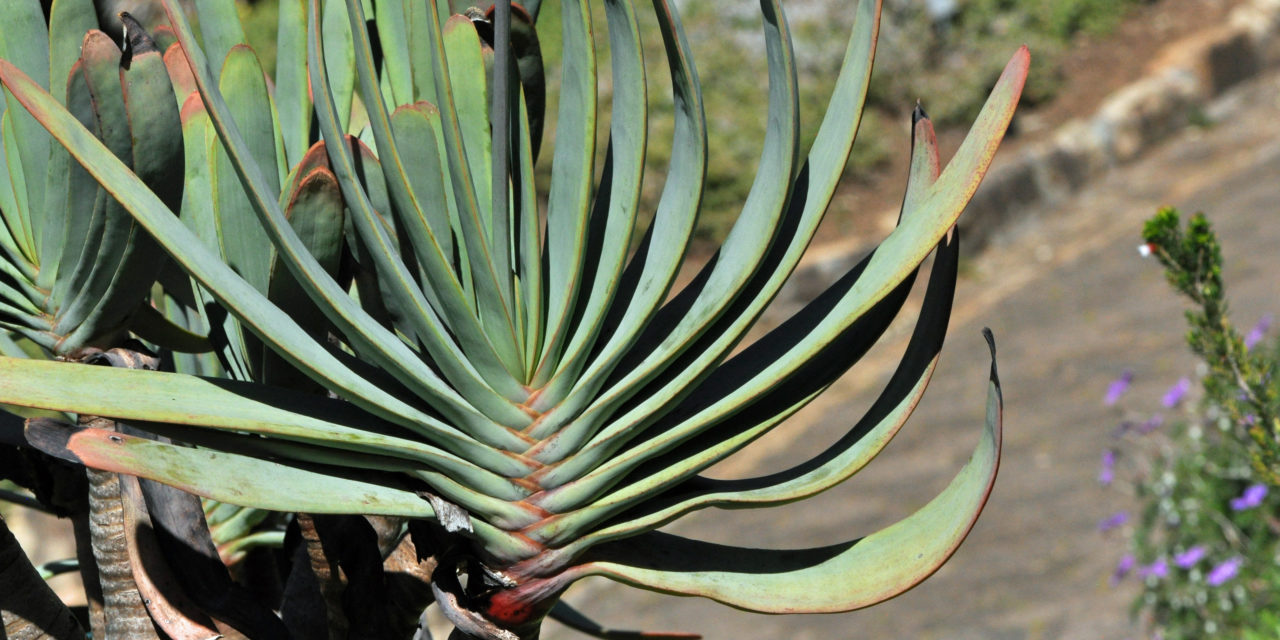
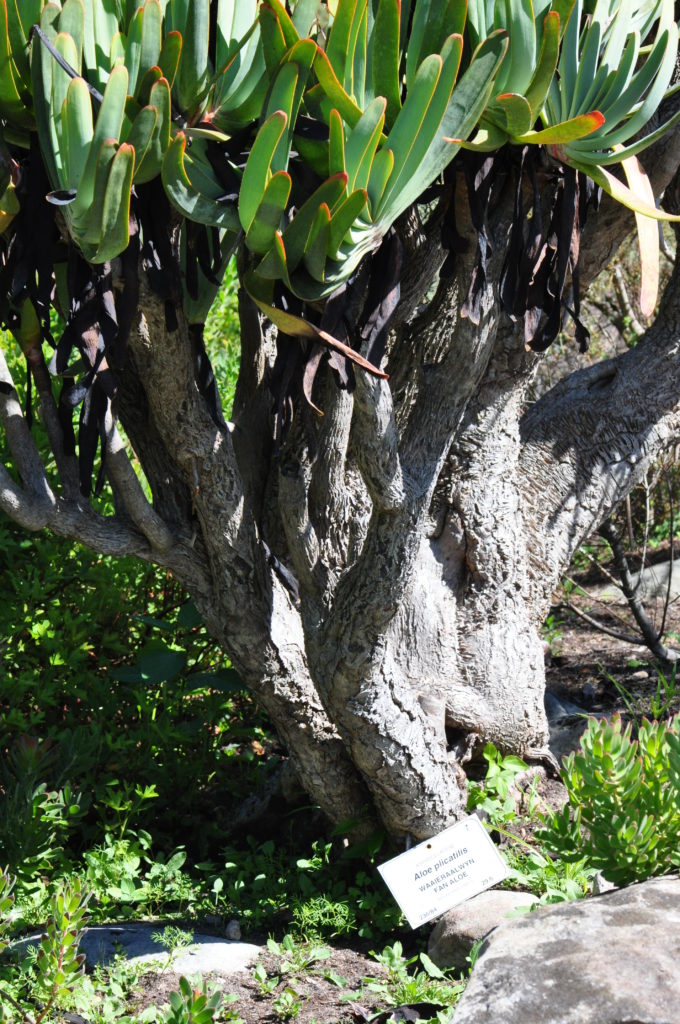
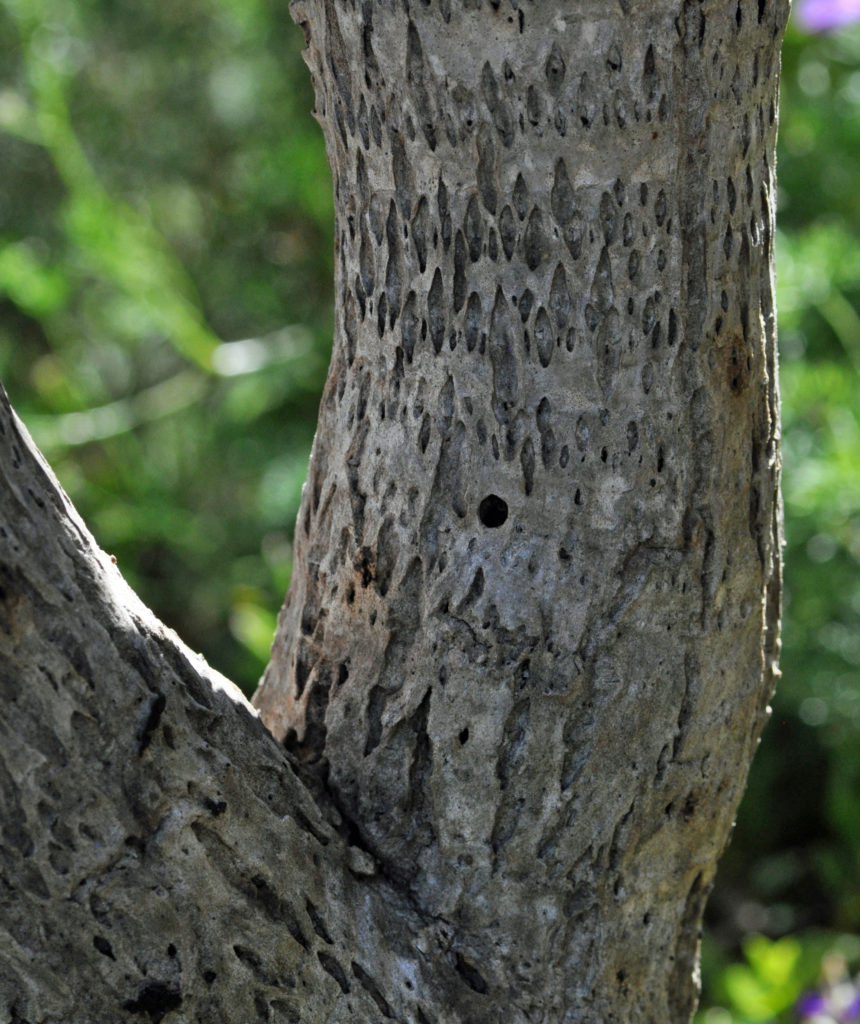
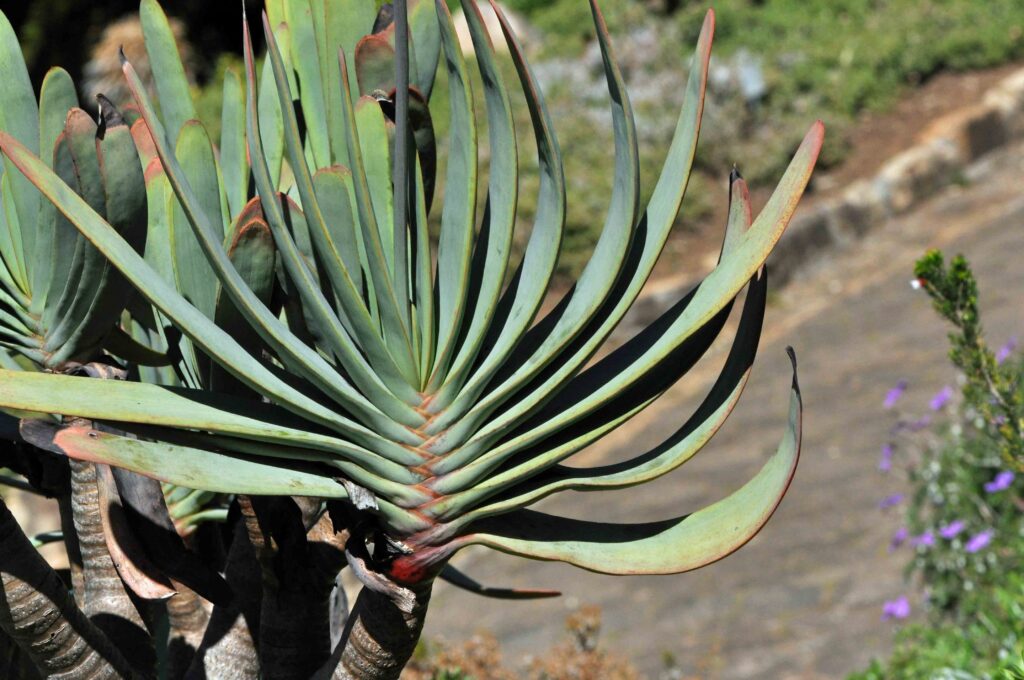
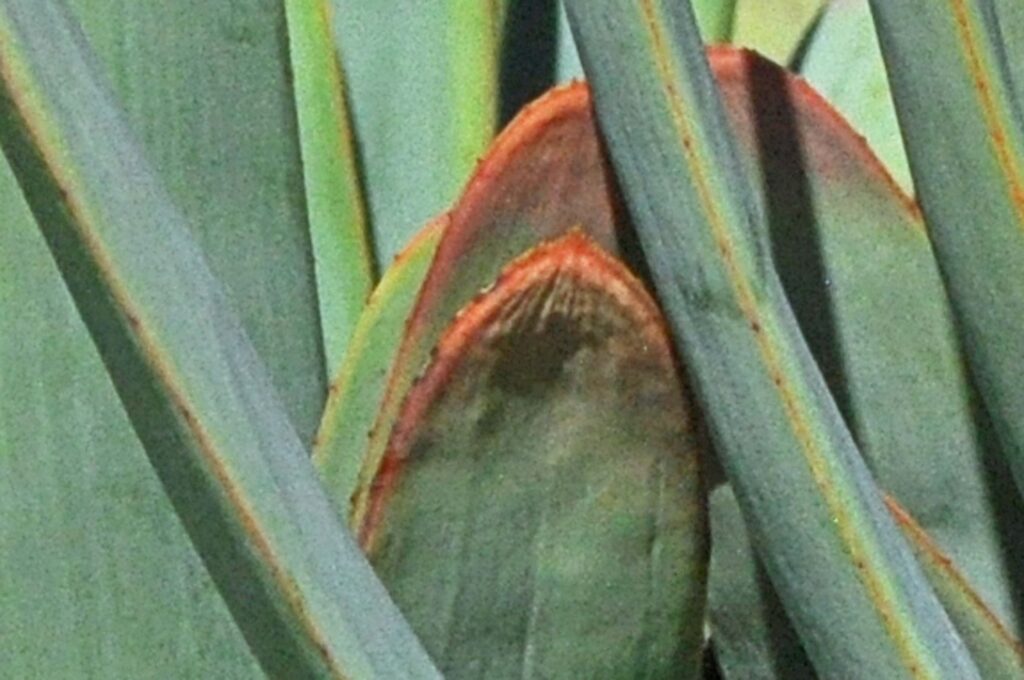

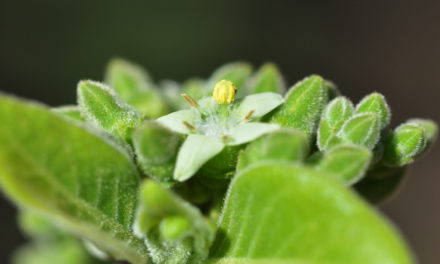
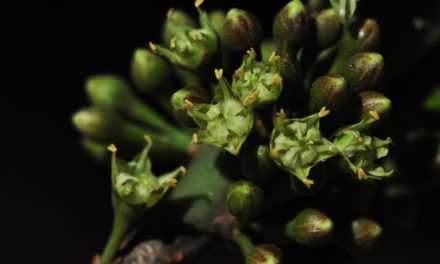
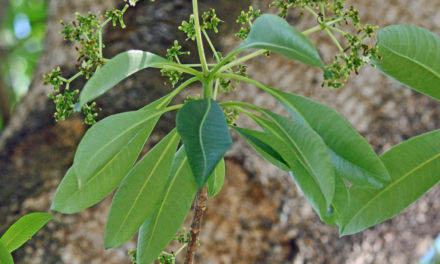
Photos needed!